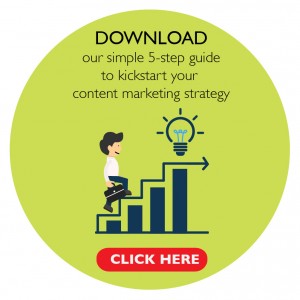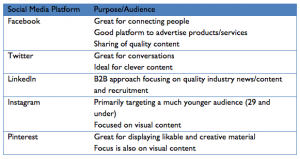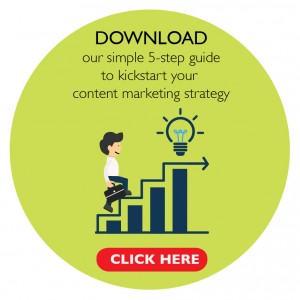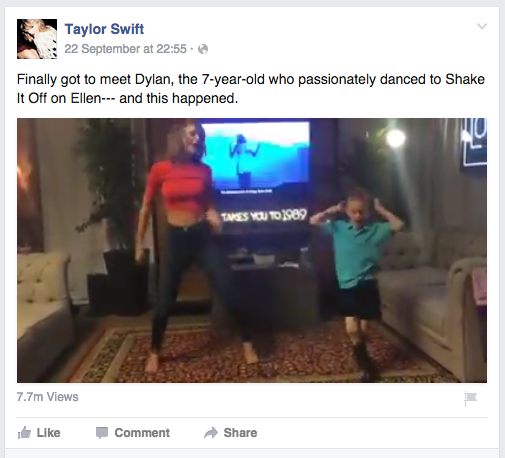You have heard it over and over again. Content marketing is the next big thing in marketing communications. You have bought the Kool Aid, you have started drinking it.
You have established a content development process that is both consistent and committed. Various internal stakeholders are coming with you with ideas, or even better, written pieces of content that are exactly to your requirements. The website blog is being updated once a week. Now what?
It’s time to get the most out of the content that you have painstakingly developed. Here are some tips on how can you make your content go further so that it reaches your intended target audience.
- Check with your PR agency if the content is pitchable
With shrinking newsrooms, publications are more open to taking in op-eds or contributions these days. Having your original content published in a business or industry news portal definitely gives your brand a boost in credibility. Publications usually have some strict requirements though – the brand cannot be mentioned in the piece other than the byline, the content usually has to be on a wider industry trend rather than a specific product and usually the piece has to be published first only on their site. You can of course, then use the content on your own website after a specific period of time. Take note of the advice your agency gives you and make a call on whether you would like to go down this route.
- Get the content linked
Content on LinkedIn is getting a lot of traction these days. If you need to raise the profile of a certain executive (e.g. the new Asia MD), you may want to consider posting the content on a regular basis using LinkedIn Pulse, with their approval of course.
A repurposed article on LinkedIn pulse could help to build your executive’s credibility as an industry thought leader and also steer people to becoming more aware of your brand. As a bonus, LinkedIn Pulse enjoys a high search quality rating on Google which means the content will be included in search results.
Updating a senior executive’s page on their behalf also encourages them to be more hands-on in the content – it’s their reputation after all. This means you will also get more ideas on content topics and they are also more likely to share their personal industry observations. This is a win-win for both, your content is more authentic and they boost their own profile.
- Make it shareable
Summarise each section of your blog post or break it down into tips. You can then use these bite-sized pieces to post on Facebook or Twitter on a daily basis as part of a multi-part series. Remember that you have to keep the post to 140 characters for Twitter – which probably will come up to no more than 1 sentence. For Facebook you have more flexibility on the word count but try not to go over 250 characters (Posts with less than 250 characters receive 60% more engagement). Also, don’t forget to add an image and link the content back to your website to drive traffic.
On that note, while having Twitter and Facebook is great – it may not be necessary to have both. Check our post on choosing the right social media channel to see which is right for you. https://www.mutant.com.sg/less-is-more-4-tips-to-choosing-the-right-social-media-channel/
- Reach out to new people
Since you are posting on social media already, why not promote selected posts on Twitter, LinkedIn and/or Facebook? Promoting a post is a good way for more people to see your content and reach out to new audiences through targeting.
Promoted posts can boost traffic to your web page and also gives you some rich data analytics so that you can figure out which channels are most effective for your brand. The best thing about promoted posts these days, is that it is fairly affordable – you can promote a post for as much or as little budget as you want.
- Communicate to employees
Your employees are your most important assets. They are the face of the company and they are the ones that deal with your customers. A great piece of content can inspire employees and align ideas. Summarise your article into a teaser and use it in your latest newsletter. Encourage engagement, ask them their point of view on the topic and as always, link the article back to the website to boost traffic.
- Play around with formats
While a blog post is the most immediate way to get content out, do explore other formats that may work better with your target audience. Be it an infographic, video, slideshare or audio file – explore the various formats from time to time and use your website analytics to check on how much traction you are getting.
If you need help maximising your existing content or need help setting up a winning content development marketing strategy, please get in touch with us at [email protected].










